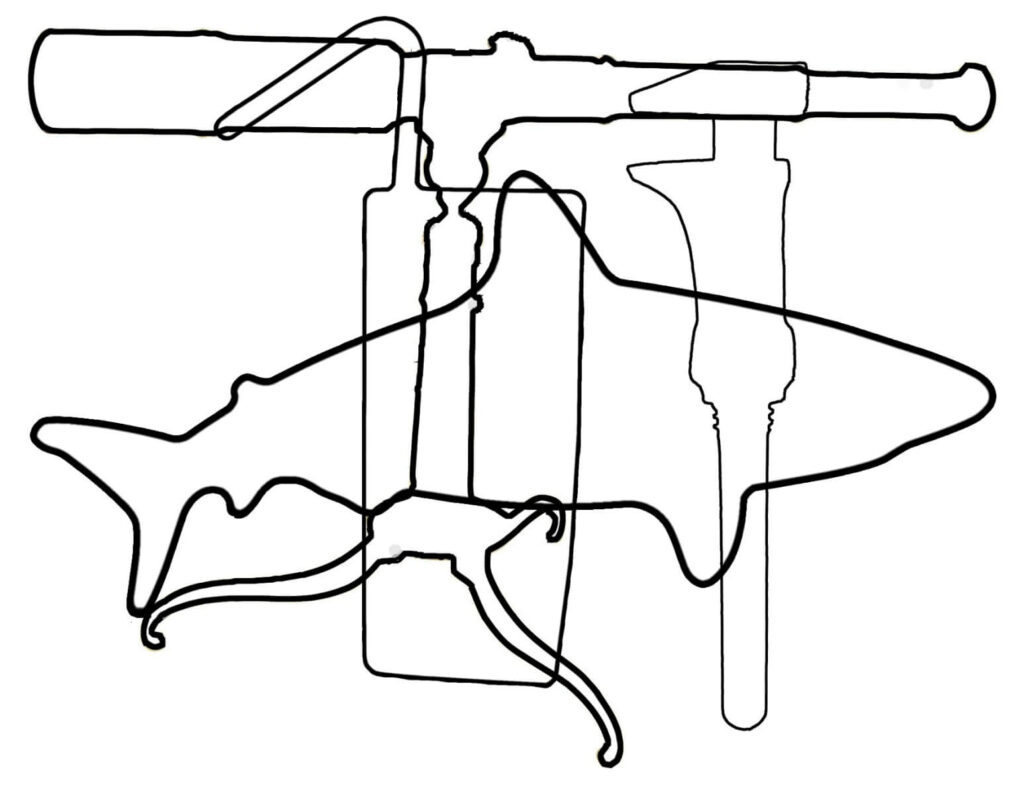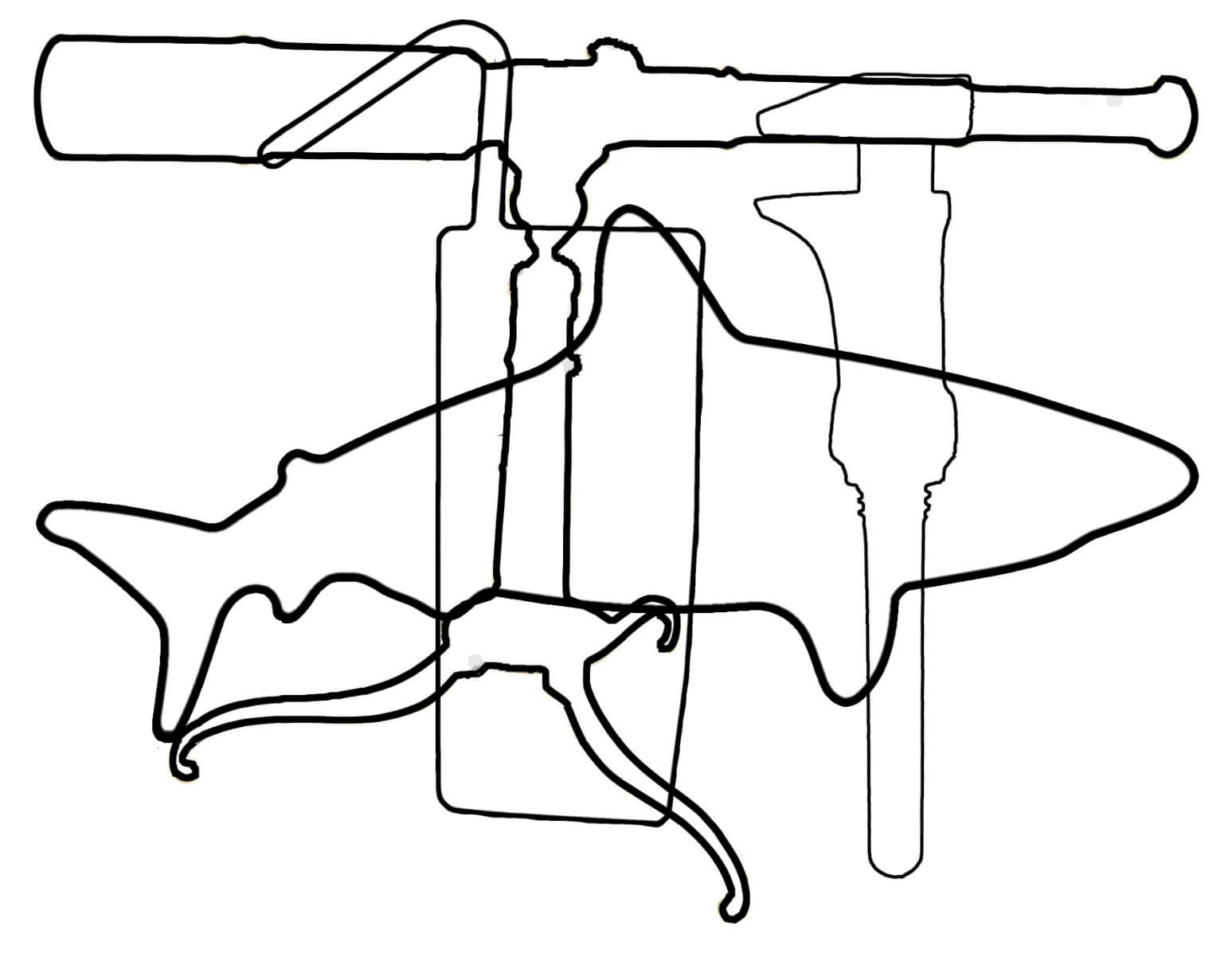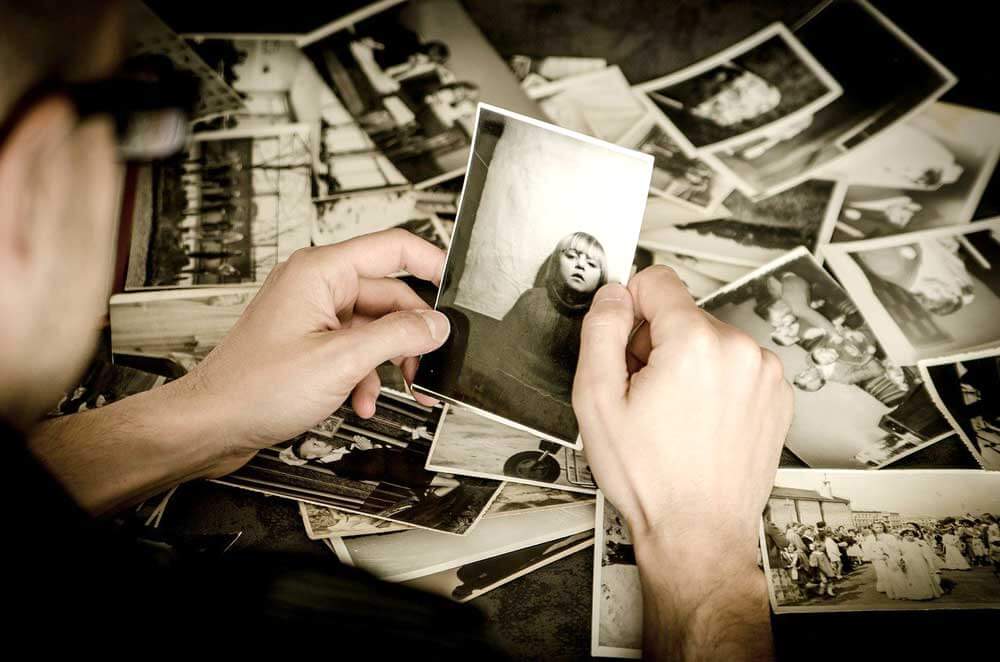Visual agnosia is an acquired perceptual disorder caused by brain damage, in which the affected person is unable to recognize previously known visual stimuli, despite preservation of at least some sensation (there is no blindness) [1] and despite being able to recognize the same stimuli through other senses, such as touch or hearing.
These individuals can see, but they cannot understand what they see. This occurs either when the brain fails to produce a single, coherent image from the visual features of the object present, what is called apperceptive visual agnosia. Or when, despite being able to form an image (percept), it cannot be associated with anything already known, and so no meaning can be assigned to what the visual information is or to its function. This second case is known as associative visual agnosia [1, 2].
Types of visual agnosia
In apperceptive visual agnosia, due to a failure to form a coherent percept, individuals cannot identify the shape of objects and so have trouble recognizing the differences between similar objects, copying a drawing of these simple shapes, or mentally reconstructing forms [1].
In associative visual agnosia, individuals can correctly perceive shapes, but they cannot interpret them. Individuals can match similar figures and copy a drawing, but cannot associate shapes with objects [1] (e.g., associating a rectangle with a book, or a glove with a hand).

In addition, visual agnosia can selectively affect the recognition of different types of stimuli, such as objects (visual object agnosia), colors (color agnosia or achromatognosia), words (gnostic alexia), faces (prosopagnosia) or it can affect the integration of the elements of a complex stimulus (simultaneous agnosia or simultagnosia). [1,3]
Seeing Without Recognizing: How Is This Possible?
The specificity of these disorders is best understood if one considers the hierarchical manner in which our nervous system processes images.
Visual information is processed both in parallel (the photoreceptors in the retina transmit simultaneously different types of visual information, such as levels of light intensity, wavelengths, colors, etc.) and in series (from the retina via the thalamus to the cerebral cortex). [4]
At an early stage of serial processing, features such as the shape and structure of the stimulus are processed; but if a lesion occurs in the brain areas involved in this task, a specific type of blindness (called cortical blindness) can occur [2].
At higher stages of visual recognition, visual features are integrated into coherent object representations, and meaning is also assigned to objects [2]. Thus, localized brain lesions affecting higher levels of processing can alter these particular aspects of perception without altering sensory ability, and as a result, the person with agnosia can see the object but cannot interpret it.
On the other hand, that there is a disorder such as prosopagnosia (agnosia for faces) speaks to the importance (evolutionarily speaking) of the recognition of this specific type of stimulus for our survival, given that nature has entrusted its processing to a specific part of the brain.
NeuronUP has developed many useful exercises for improving gnosis with various stimuli, including faces. Click here to see them.
Bibliography
- Ardila, A. y Rosselli, M. (2007). Neuropsicología clínica. México, D. F.: El Manual Moderno.
- Fernández-Guinea, S. (2011). Apraxias y agnosias. En Bruna, O., Roig, T., Puyuelo, M., Junqué, C. y Rueano, A. (Eds.). Rehabilitación neuropsicológica: intervención y práctica clínica (p. 83-108). Barcelona: ElsevierMasson.
- Portellano, J. A. (2010). Introducción a la neuropsicología. Madrid: McGraw Hill.
- Kandel, E. R., Schwartz, J. H., Jessell, T. M., & Agud Aparicio, J. L. (2001). Principios de neurociencia (4a ed., 1a ed. en español.). Madrid: McGraw-Hill.



Leave a Reply